What is Bilona Churned Desi Ghee?
Bilona ghee is prepared by the traditional bilona churned method. You obtain desi ghee from the curd route. Milk is obtained from desi cows. Only 70% of milk is obtained and 30% is left for the calf. Then the milk is boiled in an earthen pot and keep the milk overnight to make curd out of it.
Once you have curd, you need to make butter out of curd and then this butter is boiled to evaporate water from ghee and the fat (clarified butter) is separated from the milk solids.
In this process, around 27 – 28 litres of milk are used to make just 1 KG of ghee! It has all the properties described in Vedas and Ayurvedic Shastras. It is the essence of milk, rather than heating the cream obtained directly from milk.
Pure desi ghee prepared by the bilona churning method, is more costly than the ghee prepared with the Commercial method, where companies use machines and chemicals to prepare ghee. Please refer to the link Why Desi Cow Ghee Is Costlier Than Normal Ghee.
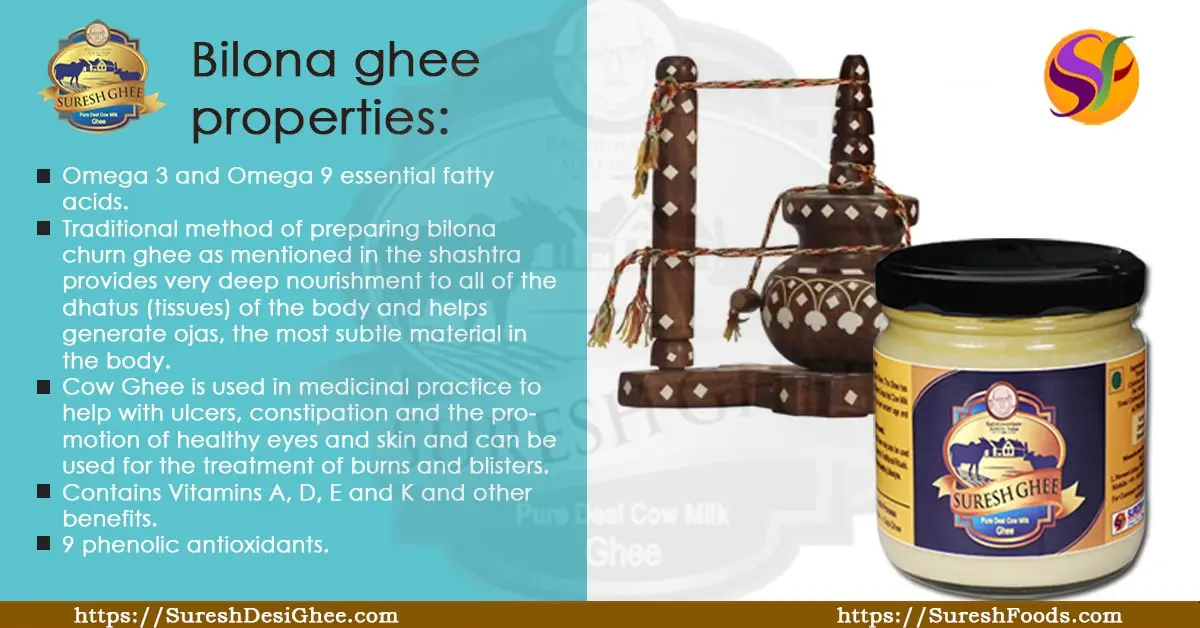
Pure Bilona Cow Ghee Health Benefits:
There are many health benefits of Desi Cow Ghee. Hindu Shastra says if you have to borrow money to eat ghee then should borrow money but eat desi ghee.
- Good for Health, Heart.
- lowers the bad cholesterol, enhances good cholesterol.
- Has monounsaturated fatty acids (MUFA)
- Has a high boiling point, good for cooking.
- Rich in antioxidants.
- Increases body resistance for various infections.
- Boosts immune system.
There are many other techniques that are being used to get Ghee from Milk, but among all bilona churned method is one of the oldest methods to obtain Ghee from milk. This is also called the Vedic ghee.
In another method, Cream is obtained from Milk by boiling the milk and then this cream gets heated on a high flame to get Ghee. But in this process, all the vitamins and minerals of milk and ghee get burned.
People having a problem with consuming dairy products like milk, curd, cheese etc. may eat bilona ghee since it is made lactose and casein-free by Bilona making process. Desi Cow Ghee is known as the golden ghee medicine of Ayurveda.
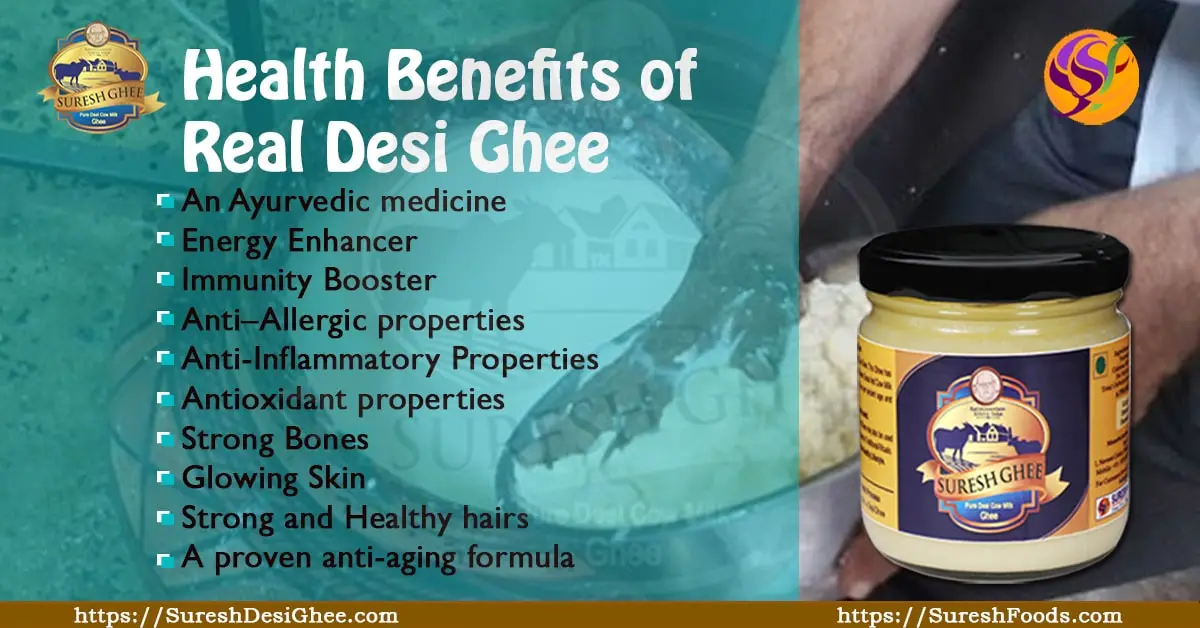
Basically, there are three processes of making Ghee
- From Butter: It takes around 20 minutes to make butter from milk, and another 20 min to melt the butter to form ghee.
- From Cream: It takes 1 hour to separate cream from 500 liters of milk. The cream is then heated to form ghee.
- Ghee from Yogurt: Krishna was said to be very fond of this ghee as a young child, to fuel his intellectual powers and spiritual development. Milk to yogurt and yogurt to makkhan using bilona or traditional churning process and makkhan to ghee is the traditional Vedic process of making ghee. By directional churning process increases medicinal properties also known as the ancient Vedic process.
What is the difference between Bilona Desi Ghee and Vanaspati Ghee?
While purchasing ghee we have gone through the dilemma of choosing between ghee and vanaspati oil, as a variety of ghee is available in the market. But after the benefits, it proves that vanaspati ghee is unable to hold the candle to Pure desi ghee. It is necessary to know the health benefits of pure desi cow ghee and the adverse impact of consuming vanaspati ghee.
- Source
The main point that distinguishes it between the two is the source origin. Pure desi ghee is made by the bilona method from grass-fed cows, ensures the good quality of milk and it gives good quality of ghee also. On other hand, the Vanaspati ghee is usually made out of palm oil or by using other vegetables.
- Process- Bilona versus hydrogenation
Pure desi ghee made from the bilona process or hand-churned method. Ayurveda for many years while retaining the essence of milk and has been commended. This process enhances the purity of ghee. Vanaspati ghee is made through the hydrogenation process. In this process, the vegetable oil is hardened under the maximum temperature and pressure and it converts the unsaturated fatty acids into saturated fats.
- Price
The price of the vanaspati ghee is lower. It is a cheaper option than desi ghee but health benefits are more with Bilona ghee, so if you want to consume ghee made by natural, using bilona process, the price will be higher but in comparison with other factors desi cow ghee is the healthier alternative among all the oils or products.

Buy cow Ghee Online: Order Now. Free Shipping
FAQ
Cow Ghee is obtained from the milk of cows.
Contrarily, Desi Cow Ghee is specifically obtained from the pure milk of indigenous Indian cow breeds. Such breeds harness A2 protein-rich milk, dissimilar Hybrid or Jersey cows that provide A1 milk. Ghee created from the milk of Desi Cows is mostly referred to as A2 Ghee.
Bilona Ghee is cautiously made utilizing the traditional “bilona” method, including the churning of curd to separate butter. Finally, the butter goes through a slow-cooking process to harness Ghee. Such a complicated and time-consuming method assures the preservation of nutrients and communicates a significant flavor to the Ghee.
Desi Ghee consists of essential fats, protein, and carbohydrates.
Especially, just one teaspoon of Ghee delivers approximately 112 calories, providing sustained energy levels and a refreshing and soothing feeling throughout the day.
Such golden substances are rich sources of fat-soluble vitamins A, D, E, and K, each one of them playing an important role in contributing towards several bodily functions.
A2 Ghee, in specific, consists of butyric acid, a short-chain fatty acid well-known for its potent digestive and anti-inflammatory advantages.
Irrespective of the health advantages and nutritional consistency of a food product, moderation is pivotal. While Ghee provides a multitude of benefits, it should not be taken in excessively. The systematic routine consumption of Ghee differs depending on aspects such as age, activity level, and complete dietary habits.
As a general guideline, including 1 to 2 tablespoons of Desi Ghee into your routine diet is suggested as a reasonable quantity to enjoy its advantages without exceeding suggested calorie consumption.

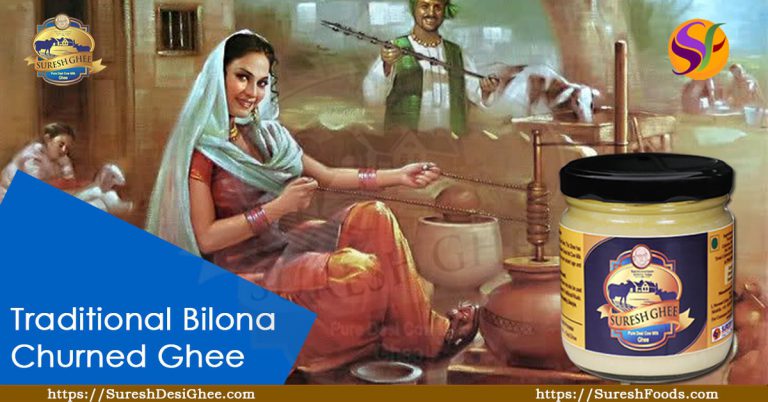


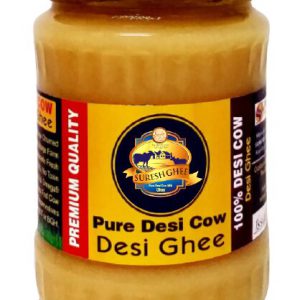
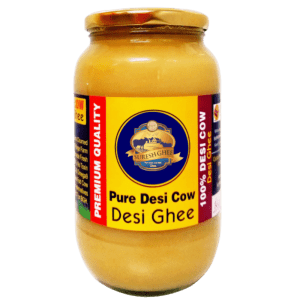
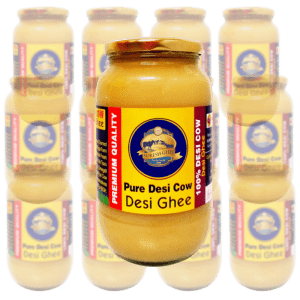
 WhatsApp us
WhatsApp us
Naveen m...